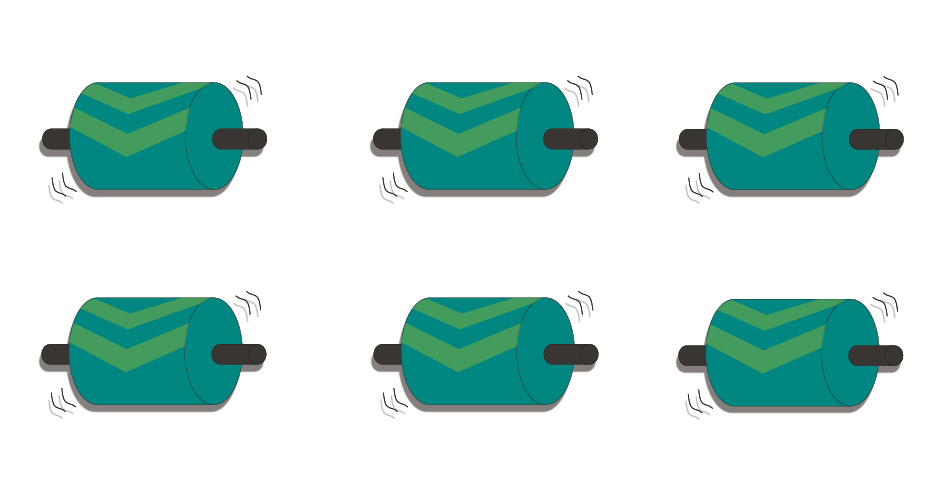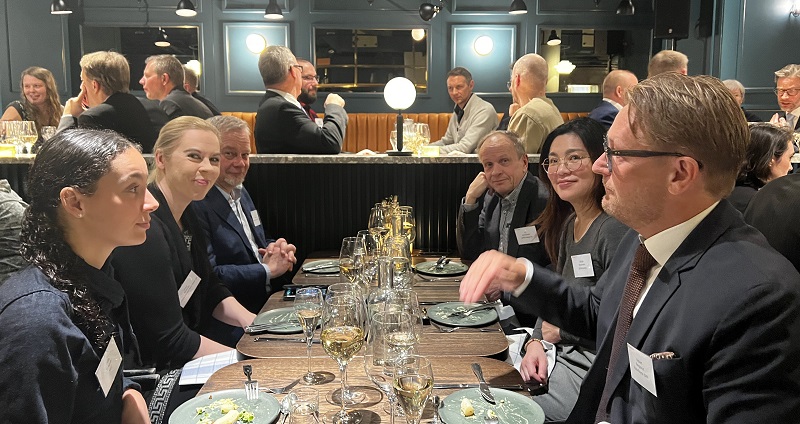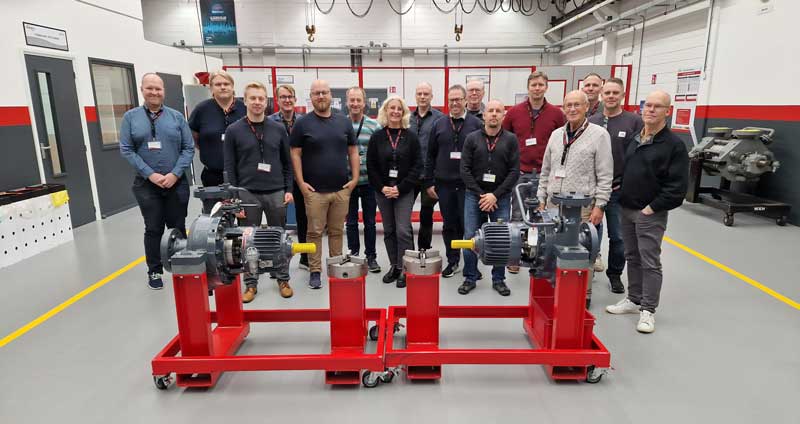A possible solution to avoid (frequency) instability is to employ so-called “synthetic inertia”, i.e. a contribution of wind power generation with inertia control functionality. The inertia control temporarily provides an amount of additional power in response to significant under-frequency events. Technically, the inertia response from the wind turbines uses the rotational mass in the turbine to provide this temporary power increase. It has been shown in earlier studies that synthetic inertia is able to limit the initial frequency drop after the loss of a large production unit and keep the system stable until the primary frequency control takes over.
Synthetic inertia to improve frequency stability and how often it is needen

News

New method for investigating concrete structures in nuclear power plants
Nuclear power, which accounts for about 30% of Sweden's electricity production, plays a crucial role in delivering fossil-free electricity. As many nuclear power plants are approaching the end of their planned lifetime, it is crucial to extend their operating periods to meet current and future needs. Markus Nilsson at Lund University has spent four years investigating how non-linear ultrasonic methods can be used to detect and assess corrosion in concrete-embedded containment liners in nuclear power plants. The work has resulted in a doctoral thesis.

"Lifetime extension of nuclear power needs more focus"
The Life After 60 – Long Term Operation of Nuclear Power conference, hosted by Energiforsk last week, was fully booked. The importance of lifetime extension, the need for competence, and why green politicians acknowledge the necessity of nuclear power were three key topics that resonated throughout the event.
Exploring vibrations in power plants with Professor Rainer Nordmann
Energiforsk and Professor Rainer Nordmann have arranged a one-day-lecture tour of Sweden and Finland on turbogenerator vibrations.

Pump course in the Netherlands strengthened the Nordic nuclear power competence
– I appreciate that we were given the opportunity via Energiforsk to design a course that suited our purposes and hope more colleagues will have the opportunity to take it, says Lena Skoglund.
About the report
2015:224
Rujiroj Leelaruji and Math Bollen